10 explosive UI/UX design trends Qubstudio recommends to follow

Rapid and consecutive adaptation to changes in user behaviour has become the new normal for any-size businesses. An essential part of this adjustment is the digital products upgrade. Our approach helps us to create and transform businesses using up-to-the-minute tools. In this article, we have collected the eye-catching UX/UI design trends, which will help you grab the attention of your clients.
Technology drives experience
One of the most effective steps to meet business needs is the optimisation of all processes. It also concerns the website’s usability. For example, statistics show that 80% of people will not interact with the unoptimised website.
One more important input in your business refers to user experience development. Customers choose interaction with the products through gestures, voice interface or augmented reality over a plain interaction through the nice interface. Read below about efficient technologies for extending the user experience, that will bring profits to your business.
1. Artificial Intelligence
More and more companies integrate AI in their businesses nowadays. What for do they use Artificial Intelligence? The crucial part is the automation of processes. AI collects data faster and more effectively than a human. Moreover, AI is more empowering when it works with the user, not for the user. The more it interacts with the customer — the more data it receives, and the more influential the interaction becomes.
Applying this trend in your digital product will help you make a more significant profit. For instance, integrating AI in the choice architecture can reduce the time users spend to make a decision and narrow the number of their choices. Using AI for feedback will strengthen the trusting relationship with users. This trust creates habit forming behavior and makes people internally and externally more motivated.
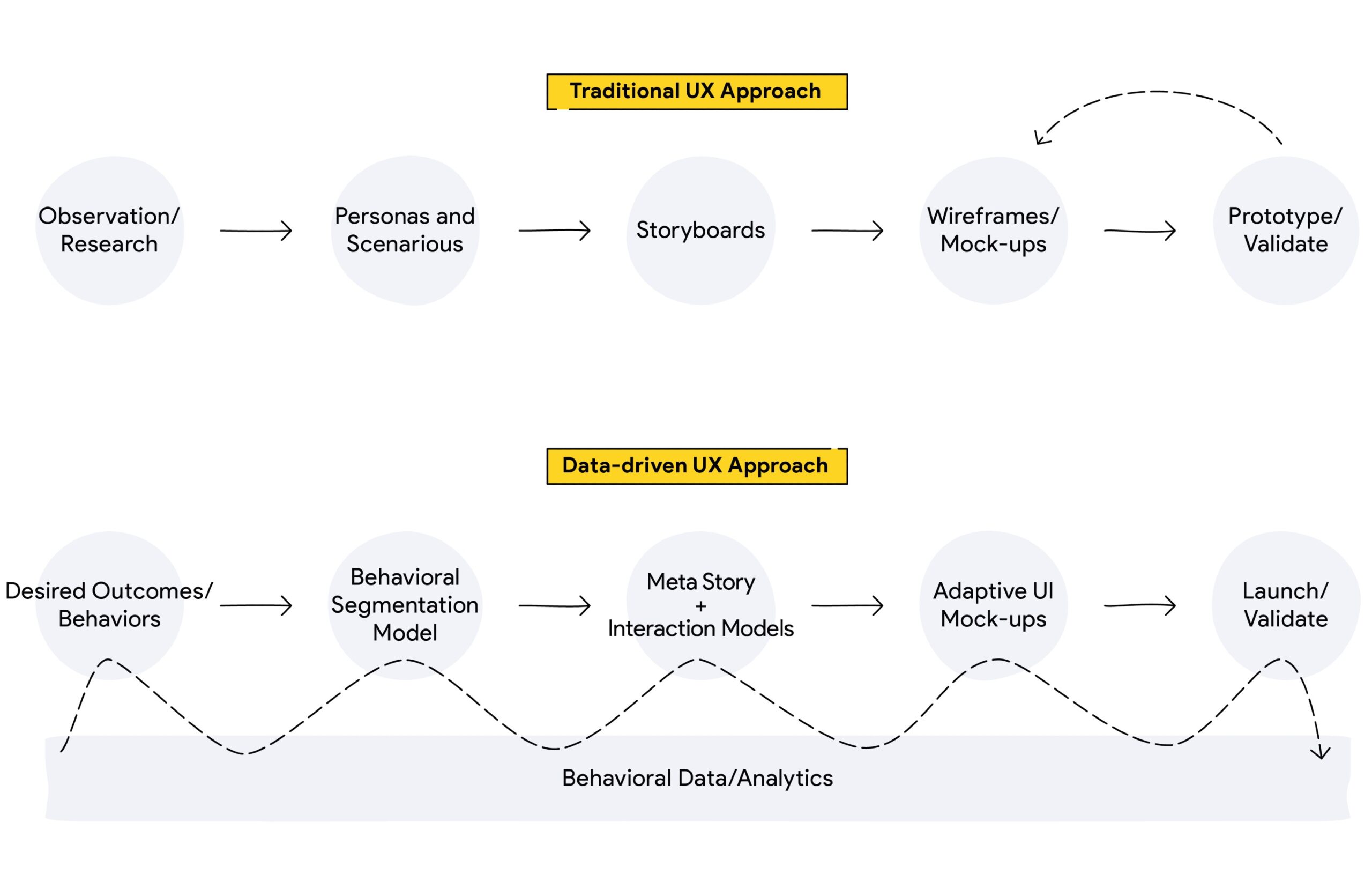
$267 billion
The global AI market is expected to reach by 2027
9 in 10
Leading businesses have ongoing in AI
Callhero is the AI assistant with voice recognition that answers calls, recognises advertising and blocks it. In our cooperation, we updated the app’s interface and reduced the Bounce Rate to more than 20%. Read here how we managed to reach it.
Would you like to learn more about the other Qubstudio cases?2. Air Gestures
The rise of AI has given room for growth to the usage of gestures as inputs. We’re just starting to see it being incorporated in mainstream interactive products. The leading position of the companies that involve gesture recognition with AI technologies now occupies the USA.
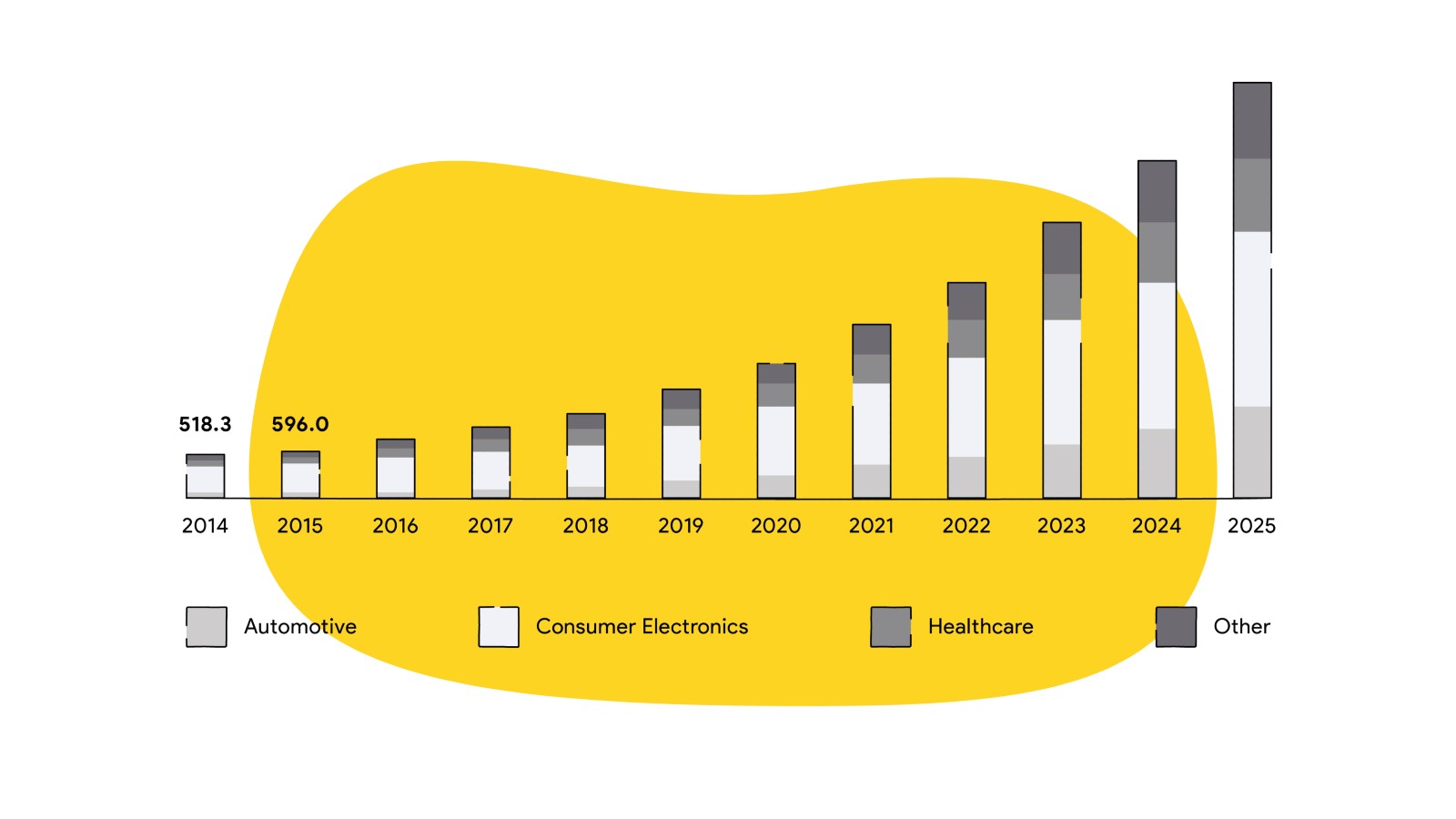
27.9%
the CAGR, that the Gesture Recognition Market is expected to register up to 2024.
Though air gestures technology does not match with many businesses, companies use it for expanding their user engagement and increasing profitability. The AI assistants learn more about customers by offering them things and seeing if they like them or not. To enable users to interact in a different way, a good idea is to design animations that develop progressively. Applying gestures makes the customer journey easier and engages more customers to your website or an app. But one more important issue is to create signifiers that will help users discover how to interact with gestures.
For example, GestSure enables doctors to check CT, MRI and other imagery using only gestures.
ManoMotion recognizes gestures through using a smartphone camera.
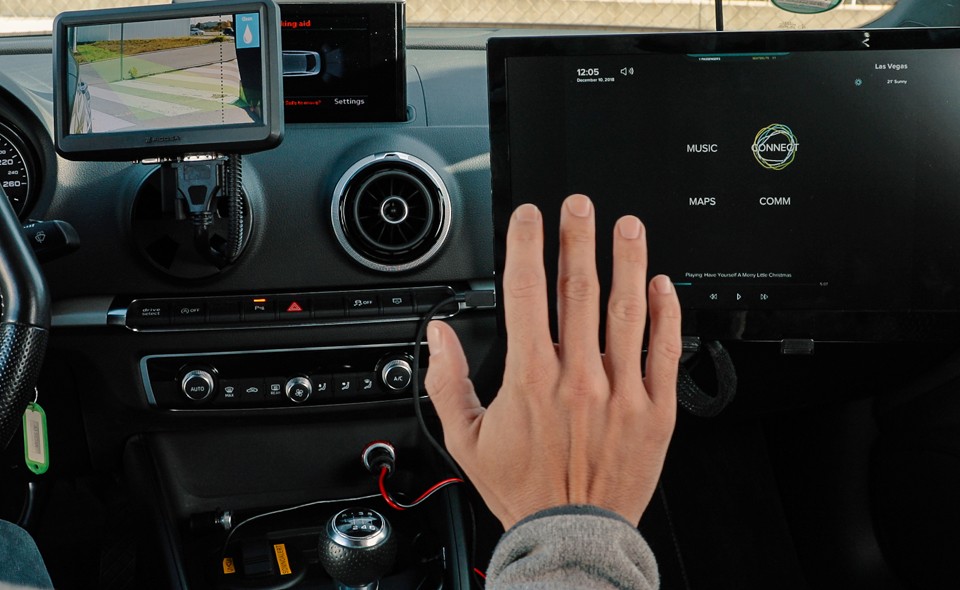
As this trend is expected to boom in a couple of years, now it is a golden time for businesses of all sizes to pay attention to it.
3. Voice User Interface
Voice technologies can renovate your business by simplifying the user experience. The future is by simplicity. As the pace of our lives becomes increasingly fast, it’s crucial to save time where possible. Voice User interface enables users for quick information searching. Customers will choose your website among others and return on it again and again. Why? Because of the easy and fast interaction and the possibility of using voice instead of typing text.
50%
of searches will be done without a screen or a keyboard by 2021.
The most significant advantage for companies is that voice commands will also increase employees productivity and enable them to work on more important issues.
4. Virtual Reality
Interfaces on VR based platforms will be one of the most required trends in 2021. Virtual Reality products are designed to be interacted with a combination of the user’s body and senses. It opens a lot of opportunities for you as a business owner because the interaction with the product requires more than just a screen and keyboard.

The VR environment has unique physical control characteristics, so its product design needs to cover different user physicalities. What benefits does it give for business?
The main one is the simulation of the product that enables users to visualise it. Customers can explore the products in a life-like way and get a better understanding of what you offer.
VR is also widely used for remote teaching staff because of the global pandemic, and in 2021 this technology will become even more popular.
5. Augmented reality
Augmented reality interfaces are becoming even more accessible in 2021. Its primary use has developed from entertaining, and now businesses are benefiting from it.
By 2024, Augmented reality is set to be a $50 billion industry.
Augmented Reality technology collects the information and with the help of it accomplishes the concrete task. It automates the processes by analysing external inputs and acting on them or providing actionable information. Touching upon the retail businesses, the combination of VR and AR can help the customers try products before they buy it. For companies, Augmented Reality technologies will become a great tool for employee training.
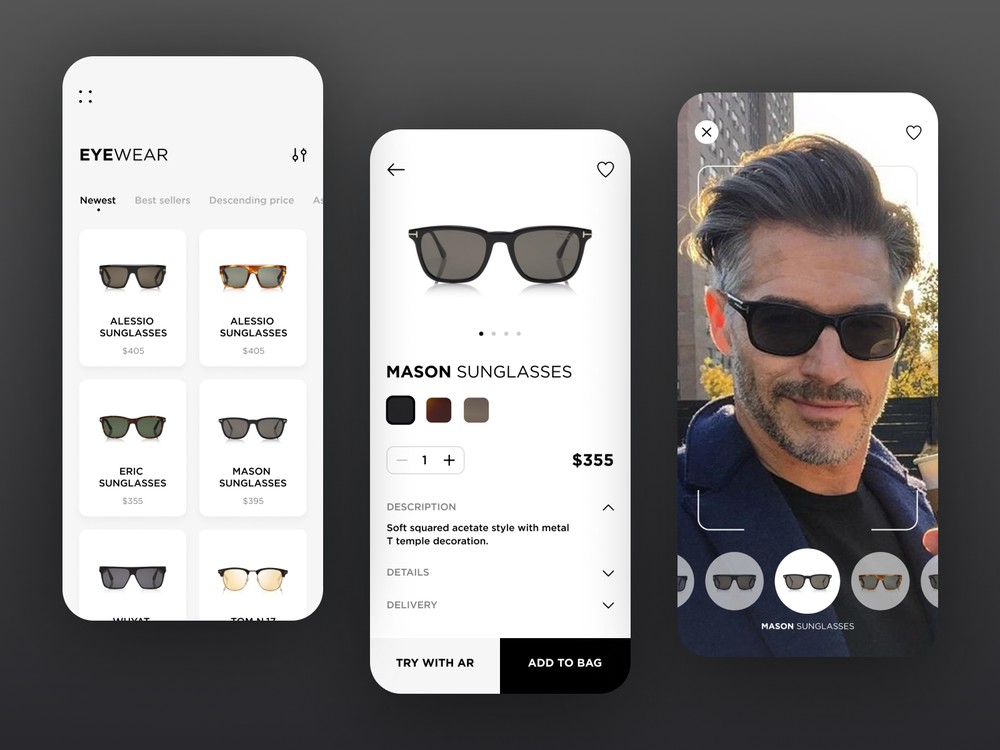
Emotion drives design
Emotional design approach impacts an app’s or a website’s success, hence directly affects an enterprise’s bottom line. Mainly, users choose your product over others not because of what it does but because how this product makes them feel.
If your business caters to different audience segments, it is crucial to personalize your content. The customization can be implemented with the help of received visitor data. It helps deliver relevant content based on the customer interests. In other words, users will return back on your website or in the app to receive the content they will definitely like.
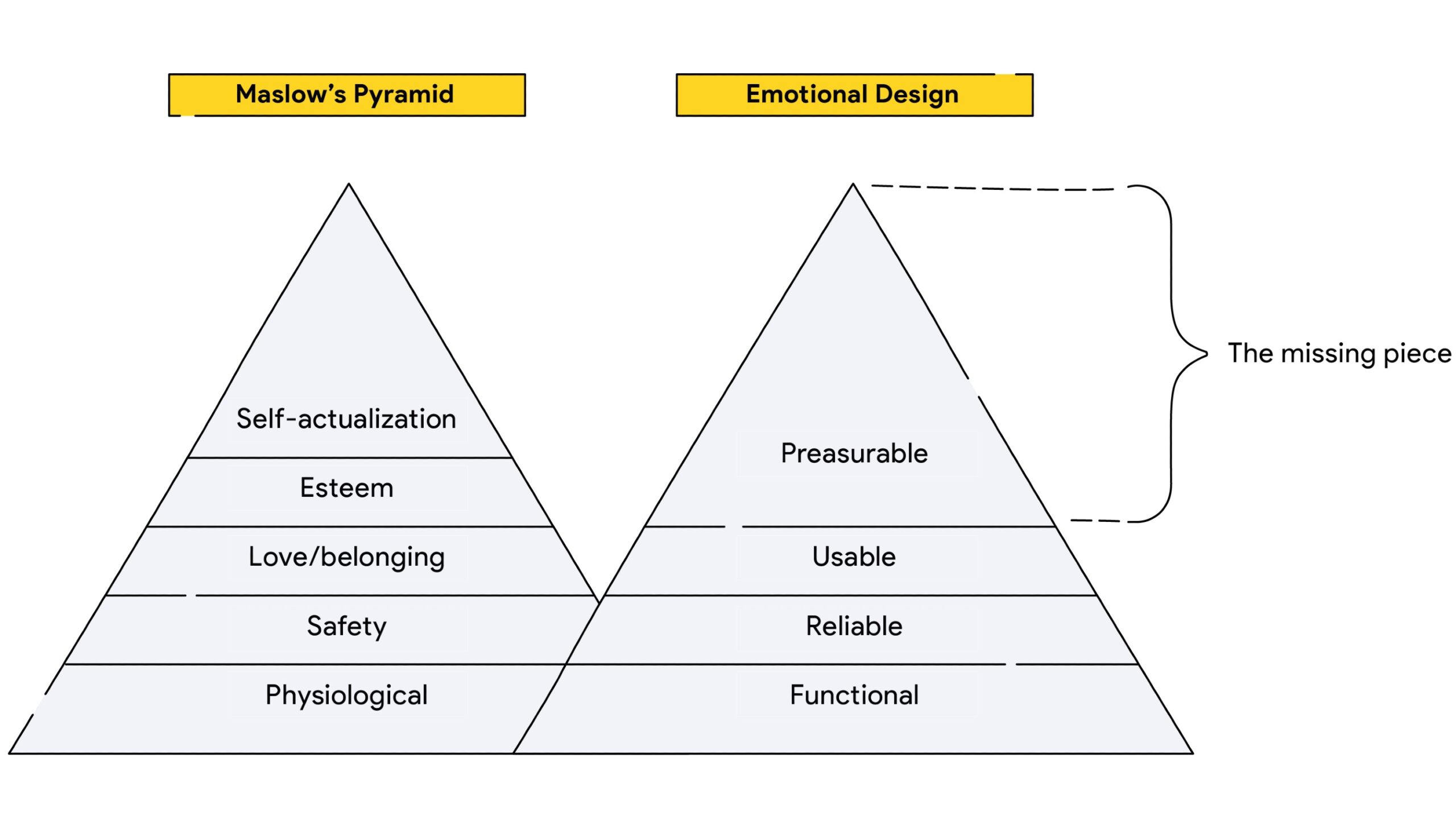
6. Accessibility
Accessible design enables people with disabilities to interact with the web. Sometimes, companies are afraid that accessibility can be a barrier to innovation, but it increases business benefits even more. Accessible design leads to creating better products for a diverse set of users, hence expands the potential audience and increases user engagement.
Companies embracing inclusive design outperform their competitors, as there are 20 million individuals with disabilities in the USA.
Among popular examples is Google that created GBoard for effortless typing. Microsoft came up with a speech-recognition model to provide deaf and hard-of-hearing students with real-time closed captioning in lectures. Dropbox developers implemented UI adjustments to raise their product’s usability for everyone.
7. Micro-Interactions
Sometimes even small and subtle changes might make a huge impact. How can a company reap more benefits at a relatively low price? The secret lies in using micro-interactions. Such details as animations, vibrations, action bars matter, because they make the interaction with your website or app easier, hence increase user engagement.
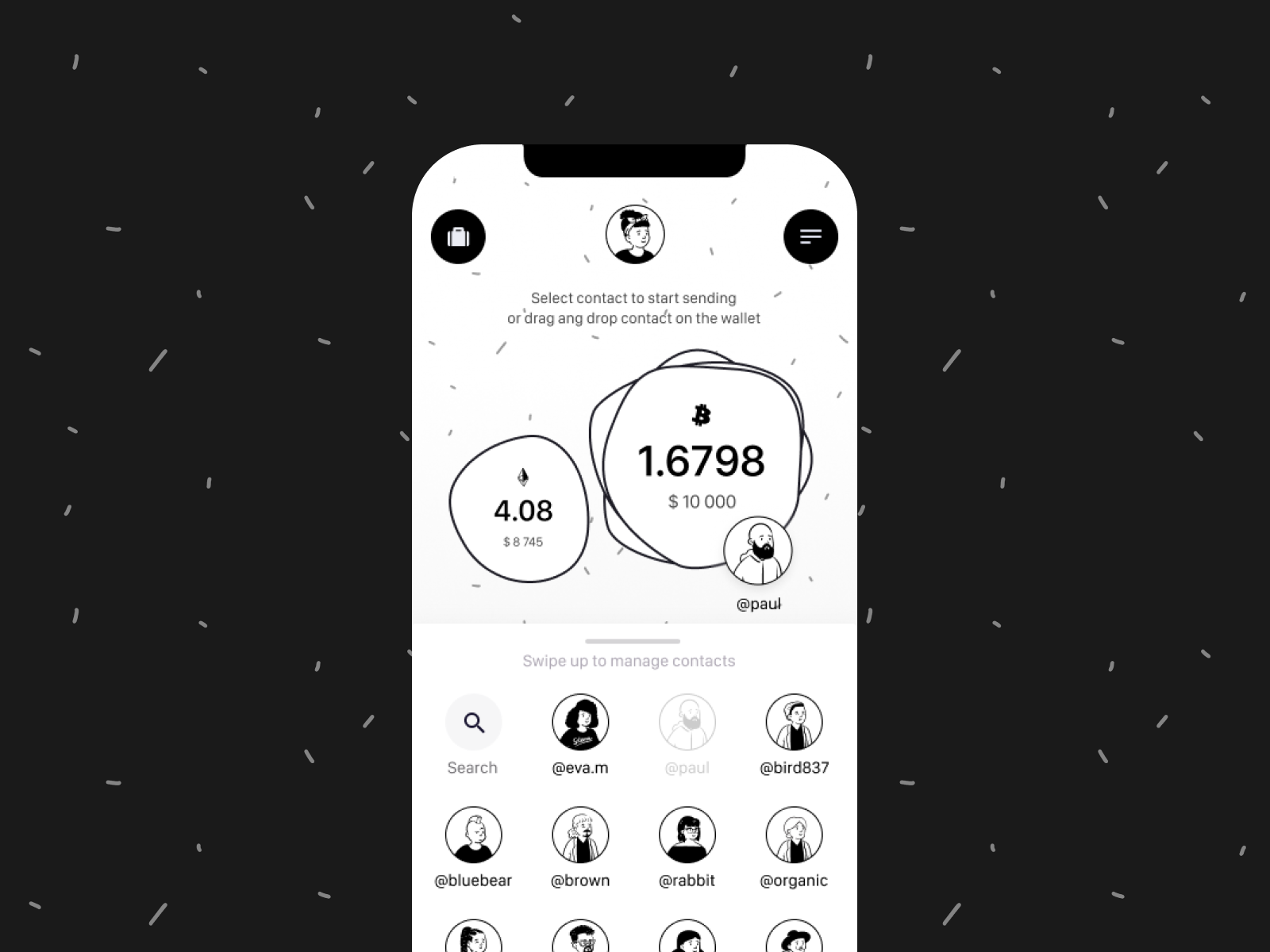
Micro-interactions in general level up the uniqueness of your app, creating a one-minute joy, and keep the user returning to your app for more.
8. 3D-interface
Immersive 3D elements serve both for visual appeal and users’ engagement. In 2021 they will be implemented with VR and AR technologies, aiming to look hyper-realistically.
Flat illustrated characters, geometric shapes, abstract compositions, and typography will be re-created in 3D.
9. Bold fonts
This trend will not be something new in 2021, but still, it is a way to add more emotional vividness to your message.

The users first focus on the headings, so to hold their attention, bold fonts for titles are remarkable. But still, to increase your audience, it’s not enough for the text to be just vivid, it needs to be functional as well.
10. UX Writing and microcopy
In the changing digital world, businesses have to do their best to drive customers attention. The short and informative text leads directly to buying your product.
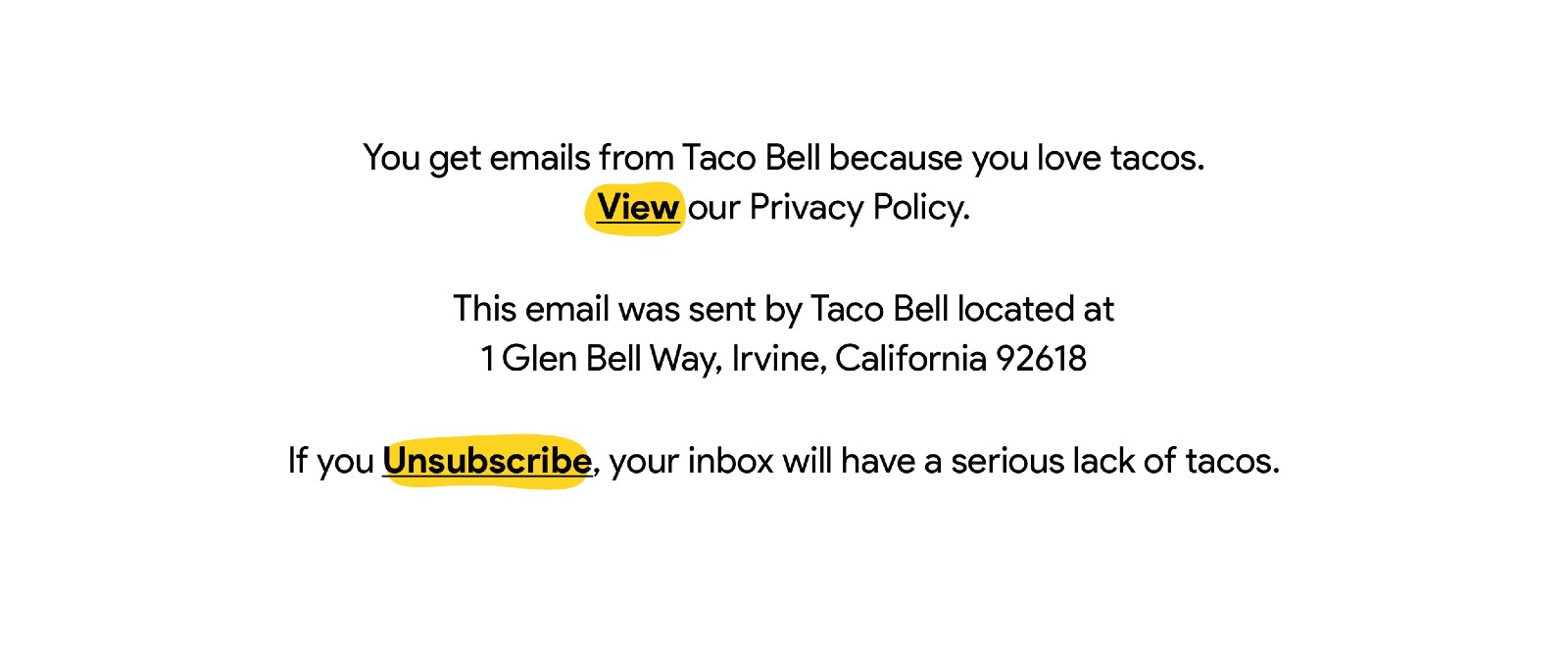
The main aim of microcopy is to display critical information instead of using nicely decorated words. It keeps the customers engaged and thus provides more conversions of leads to clients. The right texts can replace diverse buttons and wizards in an application or on a website. And sometimes, a pinch of humour is a good recommendation to unwind the user’s boredom.
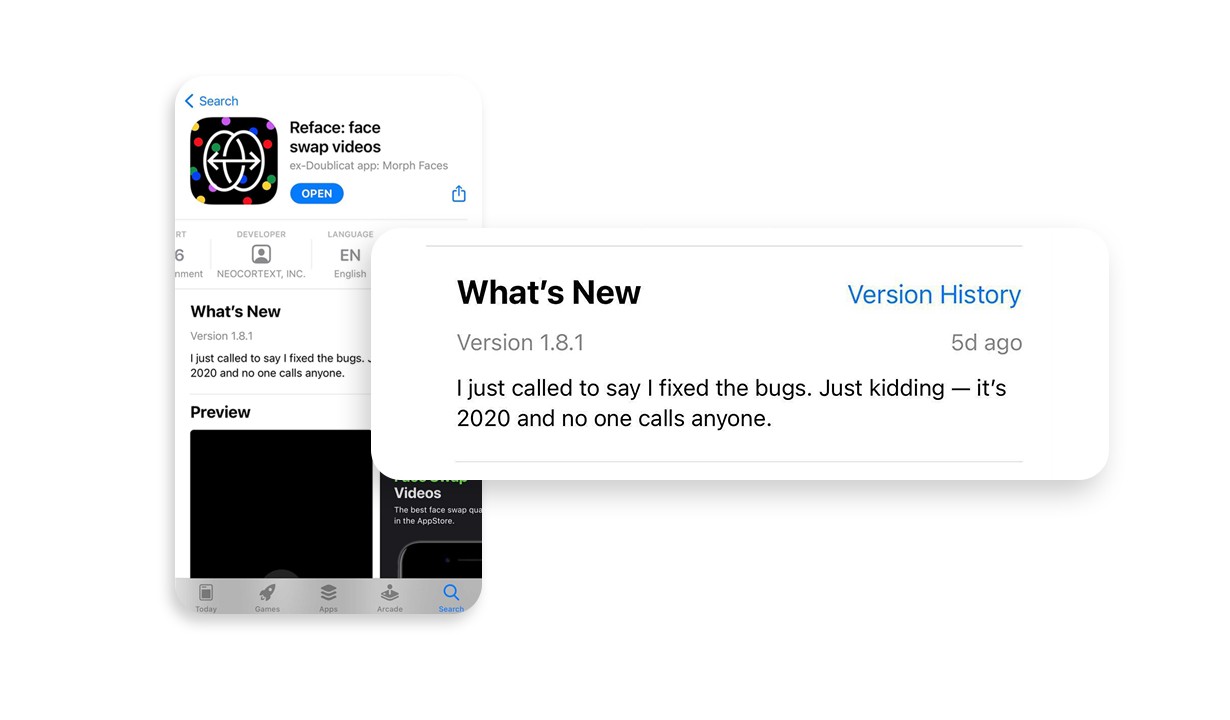
Takeaway
Our team recommends you to follow these trends out of our experience and knowledge. We utilise the latest technologies in creating digital products with an emphasis on the human-centred approach. And bring rational business and emotional branding sides together when creating a seamless user experience. Text us, and we will help you apply the up-to-date trends, as we know when and where they are needed.


